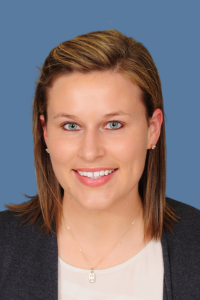Varicose and spider veins are extremely common. In the United States, up to 25 million people suffer from varicose vein issues. Most are women. Understanding the causes of these abnormal blood vessels helps reduce patient stress when deciding whether to seek treatment.
How Varicose and Spider Veins Differ
Many physicians believe that spider veins are a type of varicose veins. Others insist that they are merely similar vessels. Both spider and varicose veins tend to appear red or blue, though some are purple.
Spider veins are typically much smaller than varicose veins. Their name comes from their cluster-like appearance, which typically resembles a spider’s web.
The chief characteristic of a varicose vein is a bulging, ropelike appearance. It also usually develops farther beneath the skin’s surface than where a spider vein forms.
Causes and Risk Factors
The job of a vein is returning blood from various parts of the body to the heart for oxygenation. Leg veins in particular must work against gravity. One-way valves in veins that prevent blood from flowing backward can weaken over time or become damaged. When these valves malfunction, blood falls backward and pools behind them.
Pooled blood exerts pressure on veins as it collects. Vessels begin to stretch and widen. Eventually, spider or varicose veins could develop.
In some cases, the failure of blood to reach the heart is due to muscles that put insufficient pressure on leg veins. One reason for this is lack of muscle exercise because of prolonged standing or sitting.
Physicians have identified a number of risk factors associated with developing varicose or spider veins. They include:
- Family history
- Aging
- Being obese or even overweight
- Standing for too long
- Exposure to ultraviolet rays
- History of vein surgery
- Use of birth control pills
- Shifting hormones during pregnancy
- Post-menopausal hormone replacement therapy
- Sitting for extended periods with legs crossed
- History of blood clots
- Tight clothing or footwear
- Injury to a vein
- Specific medical conditions such as liver disease
- Trauma or other injury to the skin
- Topical steroid use
Treatment Options
Individuals who see a dermatologist in San Francisco have a number of treatment options, depending on the size, location, and number of abnormal veins that are bothersome. Therapies include:
- EndoVenous Laser Treatment (EVLT™)
- Standard sclerotherapy
- Laser sclerotherapy
- Ultrasound-guided sclerotherapy
Since no treatment can prevent the development of new spider or varicose veins, some patients return for periodic sessions.
Disclaimer: We are unable to guarantee any result, even though most of our patients do see success. The results of our services will vary greatly to each patient’s level of commitment and compliance with the program.






